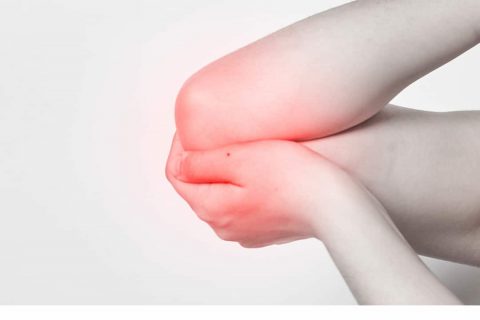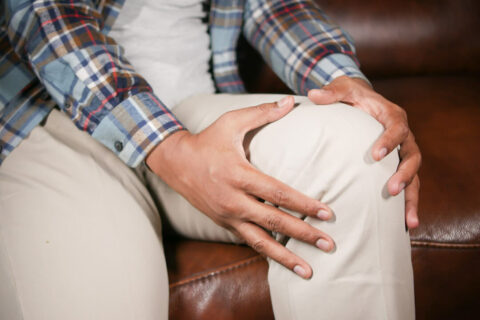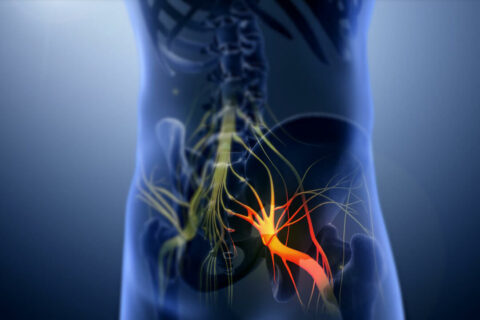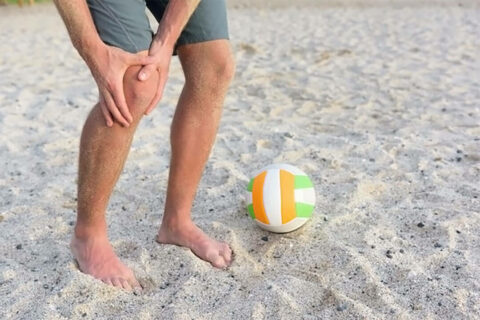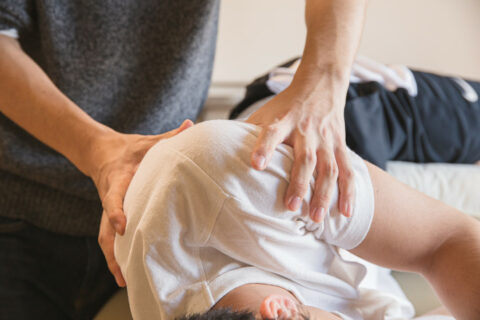Osteoarthritis of the knee
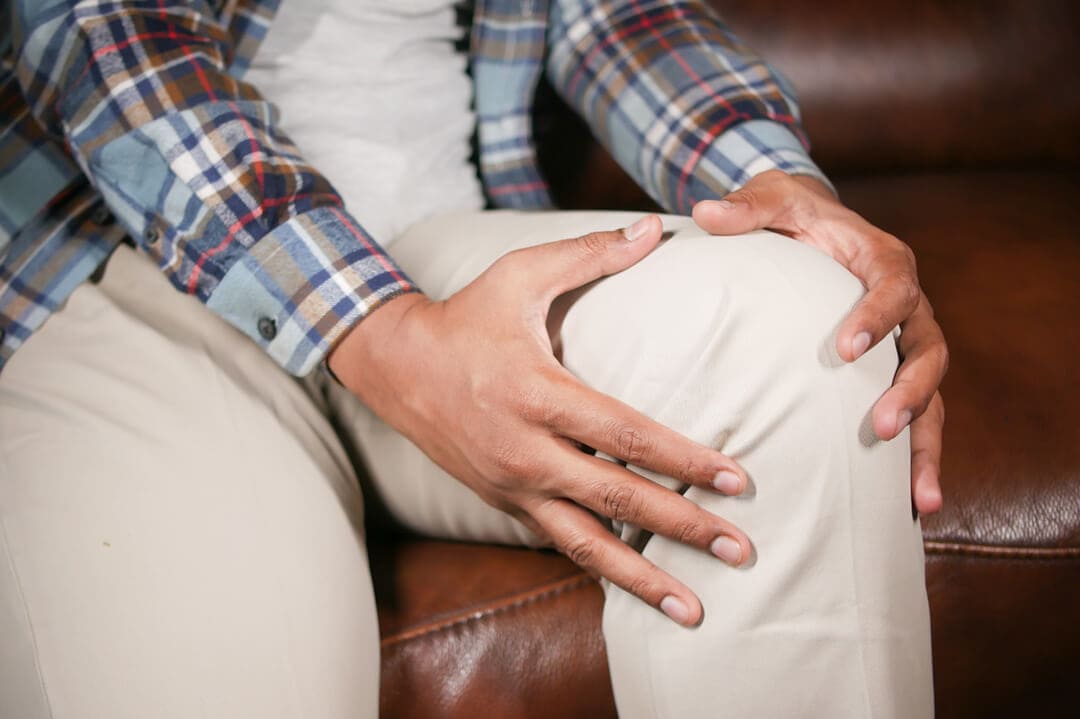
As people age problems in the knee become common. Many older people who have knee pain are concerned that their knees may be wearing out. The knees are particularly prone to the development of osteoarthritis as we age. Osteoarthritis is a chronic condition which involves the degeneration of cartilage that cushions the end of bones between joints and can result in joint pain and loss of motion. While radiographic (X-ray) changes are often used to diagnose osteoarthritis, caution must be observed in attributing pain around the knee to osteoarthritic changes.
X-Ray changes in the knee
Research has shown that a distinction must be made between the radiographic changes on X-Ray and the pain in the knee. Firstly, 50% of subjects in the general population with radiographic knee osteoarthritis do not have pain. Secondly, 50% of subjects who complain of knee pain, and who are at or above the age when osteoarthritis starts to become common (about 55 years), have no definite radiographic evidence of osteoarthritis.
Causes of knee pain
Just because you are getting old doesn’t mean that all knee pain is due to arthritis. There are several issues which can affect the knee and cause pain which are not due to changes that can be detected on X-rays. For instance, the knee can be affected by how the foot functions. Excess pronation or turning in of the foot can cause excess rotation of the knee to compensate and so strain structures around the knee. Weakness in the muscles around the hip and leg, especially the quadriceps, can also contribute to knee pain. This muscles around the hip and leg have a vital role in stabilising the knee. If these muscles are weak then more stress is placed on the structures around the knee which then become overloaded and painful.
Do I need surgery?
Very advanced osteoarthritis associated with severe pain and disability may require surgery. However, even in cases where osteoarthritis has been found to be a cause of knee pain, several therapeutic approaches can be used to improve the condition without the need for surgery. This is because a number of factors, including obesity, injury, quadriceps strength, joint malalignment, and occupational activities, contribute to both the onset and progression of osteoarthritis-related disability. Modifying these factors often helps to reduce the pain of osteoarthritis and improves mobility.
Treatment
Our approach to knee pain is to both look at your X-Rays and carry out functional and orthopaedic tests of the knee, hip and feet. In this way we can ascertain how much, if any, the osteoarthritic changes are affecting the pain around the knee. A programme of Osteopathic manipulation to improve the function of the back, hips and legs plus a specifically targeted exercise prescription can help to manage pain and improve function.
References:
Knee pain and osteoarthritis in older adults: a review of community burden and current use of primary health care

